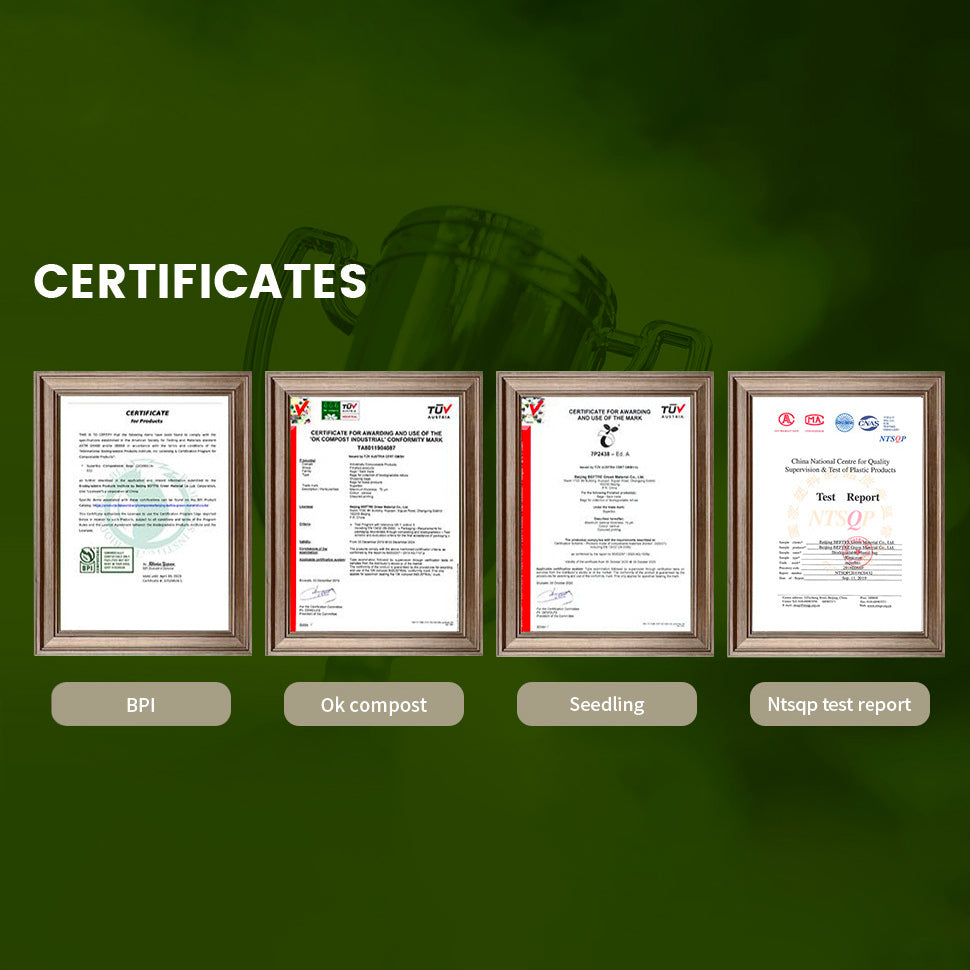Tiny Catfish Seen Conquering a Brazilian Waterfall in a Life-or-Death Rush
Thousands of orange-and-black bumblebee catfish (Rhyacoglanis paranensis) were filmed “climbing” slick rock walls at the Sossego waterfall on the Aquidauana River in Mato Grosso do Sul, Brazil, after environmental police first spotted the surge and a research team arrived a week later to document it, Earth.com reports. The ascent unfolded behind falls 1–4 meters high, with dense aggregations gathering at twilight and surging up the wetted rock faces in waves, according to the peer-reviewed account in the Journal of Fish Biology.

Photo: YouTube / Science X: Phys.org, Medical Xpress, Tech Xplore
Bumblebee catfish were recorded climbing the Sossego waterfall in Brazil.
How These Small Fish Climb
Researchers observed paired fins spread wide as the fish hugged the stone, then advanced with lateral body movements and tail thrusts. A slight cavity formed under the belly likely produced adhesion, enabling progress on near-vertical sheets of fast water, Mongabay reports. On flatter lips, the aggregations grew so thick that fish clambered over one another, according to Live Science.

Photo: YouTube / Science X: Phys.org, Medical Xpress, Tech Xplore
The ascent followed the first rains after a severe regional drought.
Why Risk the Ascent?
Timing pointed to reproduction. Mature males and females dominated the run at the start of the rainy season, shortly after a prolonged drought and sudden rise in flow—classic migration cues in Neotropical rivers, according to Mongabay. Afternoon heat suppressed movement; by early evening, pools brimmed with fish that then scaled the rock, a diel pattern reported by Earth.com./p>
First for Their Family—and Not Alone
This is the first documented waterfall-climbing event in the catfish family Pseudopimelodidae. Three additional species—Characidium zebra, Hypostomus khimaera, and Ancistrus spp.—used the same route during the episode, broadening the behavioral record for small-bodied migrants in Brazil’s rivers, Mongabay reports. The species itself is tiny—about 3.5 inches long—and rarely observed in swift, rocky reaches.
Conservation Stakes in Fast Water
Short, seasonal migrations move energy across habitats but are vulnerable to barriers. Dams and flow alterations can fragment corridors and compress fish into hazardous bottlenecks, according to Earth.com. Documenting such pulses—when and where they occur—can guide river operations that keep crucial windows open, a theme echoed in the Journal of Fish Biology study.
What We Still Need to Learn
The mechanics of adhesion merit testing with high-speed video and pressure sensors, and better monitoring could capture more short-lived migrations in fast water. For an elusive genus only recently clarified and seldom collected, each verified sighting reshapes the life-cycle map, Earth.com reports.





























































































































































































































































































































































